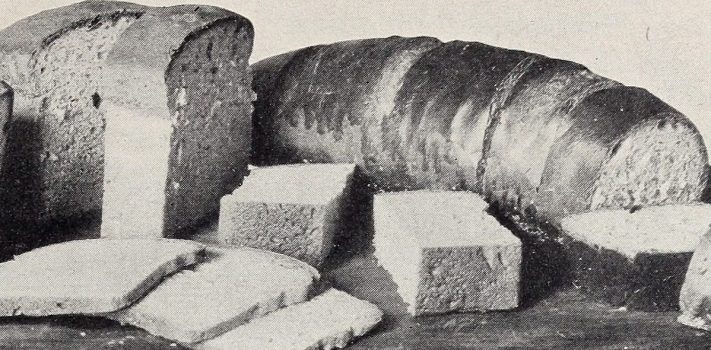Seed Harvesting Tips for Survival – Part 2, by R.B.
(Continued from Part 1. This concludes the article.) How Do I Store Seeds Inexpensively and Efficiently? During the summer, save empty envelopes from mail received and carefully cut one end open to remove the contents. If it is an envelope with a cellophane window, slice open the end closest to the window. (There is now a reason to open some of that unwanted junk mail you receive.) Also accumulate empty pill and vitamin bottles and save any *tiny* jewelry-size zip-lock bags. Large mouth jugs with screw-top lids that held three to five pounds of food (parmesan cheese, dried onions, etc) …












